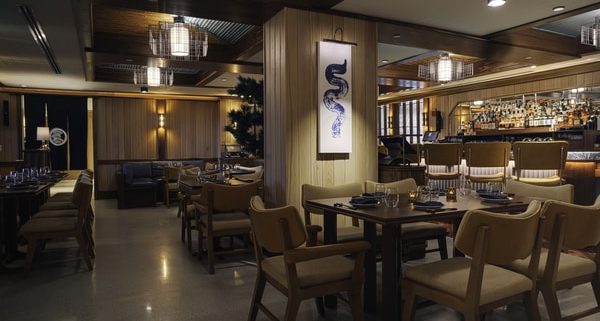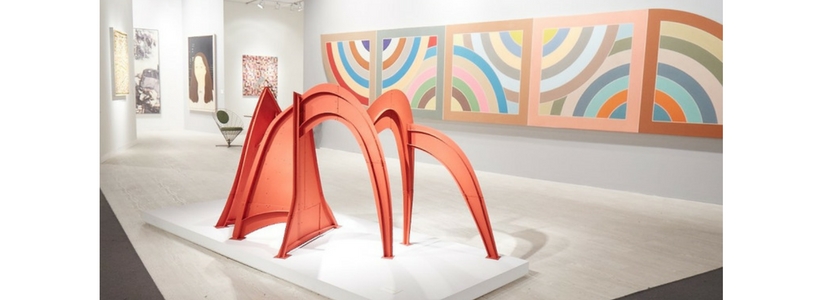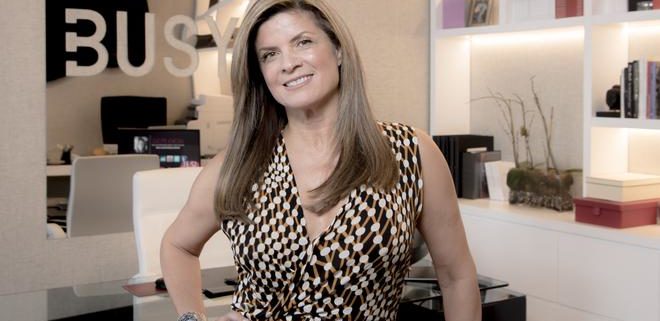Patio Perfection: Designing the Ultimate Outdoor Retreat
/in UncategorizedIn today’s fast-paced world, finding a slice of paradise right at home is more than just a luxury—it’s a necessity. Designing your outdoor retreat offers a refreshing escape from everyday stresses, allowing you to immerse yourself in nature and enjoy a harmonious balance between comfort and the great outdoors. Here’s a comprehensive guide to creating a patio that’s both stylish and functional, transforming your outdoor space into an idyllic haven.
Creating a Cohesive Design
The first step in your patio transformation is establishing a design theme that reflects your personality and lifestyle. Whether you’re drawn to modern minimalism or rustic charm, consistency in materials, colors, and decor helps create a unified look. Consider elements such as natural stone, weather-resistant fabrics, and greenery to anchor your design in nature. Ware Masonry is a masonry contractor Lynchburg. By selecting furniture that is both comfortable and durable, you set the stage for a space where you can relax, entertain, and truly unwind.
Functional Zones for Every Occasion
A successful outdoor retreat caters to multiple uses. Think about designing different zones within your patio to accommodate various activities:
- Dining and Entertaining: Create a central area with a dining table and seating arrangements that invite gatherings, whether it’s a family dinner or a lively barbecue.
- Lounging and Relaxation: Include cozy seating, perhaps with an outdoor sofa or a series of lounge chairs, perfect for reading a book or enjoying a quiet moment. If you’re looking for a great way to relax after a tiring day, then you might want to consider trying some cbd products from this vapes online store. Shop wide selection of brands from Geek Bar to Vaper Gate today.
- Recreational Spaces: Integrate areas for games or outdoor workouts. This could be as simple as a small section with portable exercise equipment or a game table. They can also play online games and visit a trusted 바카라 사이트.
Each zone should flow seamlessly into the next, ensuring that your outdoor space feels expansive and thoughtfully planned.
Incorporating Natural Elements
No outdoor retreat is complete without the touch of nature. Surround your patio with lush plantings, vertical gardens, or even a small water feature. Natural elements not only add beauty but also contribute to a calming ambiance. Consider a mix of perennials, shrubs, and seasonal blooms to keep your patio vibrant throughout the year. Lighting plays a pivotal role here too—think soft, ambient lights that mimic the natural glow of sunset, enhancing both the beauty and safety of your space once the sun sets.
Elevating the Experience with a Sauna
For those seeking an extra layer of luxury and wellness, incorporating a traditional sauna into your outdoor design can elevate your retreat to new heights. Outdoor saunas are a unique feature that can blend seamlessly with your patio while providing a rejuvenating experience. Imagine ending a cool summer evening with a warm, soothing sauna session, enveloped by nature. Whether you opt for a traditional wood-fired model or a more modern infrared sauna, this addition not only promotes relaxation and detoxification but also serves as an eye-catching centerpiece that sparks conversation among guests.
Practical Considerations
When planning your patio, it’s essential to address practical aspects:
- Weatherproofing: Ensure that all furnishings and decor are designed for outdoor use, resistant to rain, sun, and wind.
- Maintenance: Choose low-maintenance materials and plants that thrive in your local climate.
- Privacy and Comfort: Incorporate elements like pergolas, screens, or tall planters to create a sense of seclusion, allowing you to enjoy your retreat without distractions.
Bringing It All Together
Designing the ultimate outdoor retreat is about marrying aesthetics with functionality. Your patio should be a reflection of your personal style while also providing a versatile space that adapts to your daily needs. From cozy seating arrangements and dynamic zones for various activities to the luxurious inclusion of an outdoor sauna, every element plays a role in crafting a sanctuary that is both inviting and rejuvenating.
Working with experienced patio construction contractors ensures that your vision is executed with precision and quality, creating a space that is not only beautiful but also structurally sound and long-lasting.
Embrace the art of outdoor living by creating a patio that serves as an extension of your home—a place where every detail is meticulously designed for comfort, style, and lasting memories. With thoughtful planning and creative design, your outdoor retreat can become the perfect backdrop for relaxation and inspiration, right in your own backyard.




